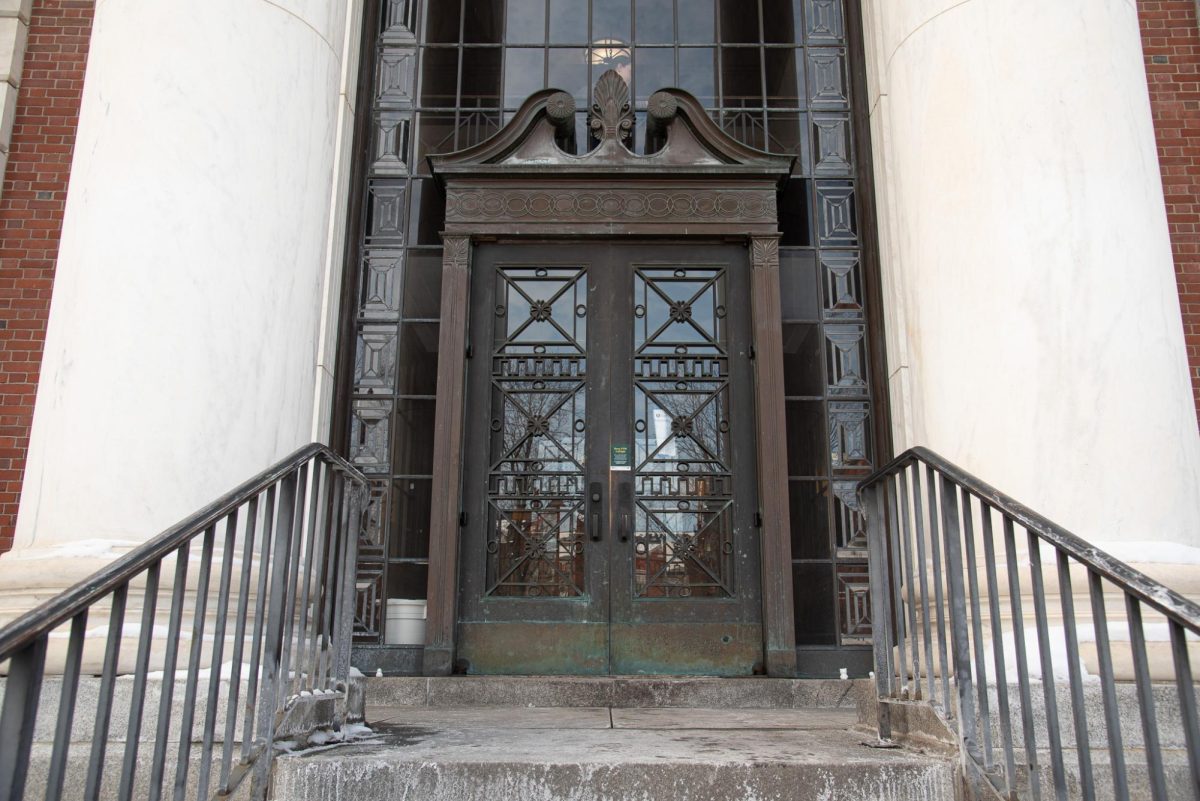A pattern is quickly realized by students at UVM within their first few meals in the dining halls. The pattern is this: a few trips through the salad bar or mashed potato line, and only minutes later the race to the bathroom begins. It is almost as if one needs to plan their dining experience around the availability of a nearby toilet.
Different rumors about the cause of this epidemic are in constant circulation. One story is that there are laxatives put into the food. Another myth has been that there are no laxatives, but that onions are a natural laxative and that University Dining Services (UDS) puts onions in every dish they make. Clearly unfeasible, a third tale emerged which stated that additives are put into the food for preservation purposes, and these chemicals are the cause of our discontent. Feeling unsatisfied with these tall-tales, I decided to contact UDS myself and see what they had to say about these digestive dilemmas.
I spoke to Josef Quirinale who is the director of marketing and auxiliary services, as well as Rick Riani who is the general manager of University Dining at UVM. As I posed questions to find out the truth, (or falsehood), in these claims about dining hall food, I could tell that Josef and Rick deal with these questions quite frequently. Josef’s response to the urban legend about additives being put into the food was a simple, no. They do not add anything to the food once they receive it from the manufacturer who adds nothing either. The only food altering that is done by the manufacturer is that the meat is “flash frozen” in order to avoid the risk of bacterial problems. (Flash freezing food is a process in which the meat is brought to a very low temperature very quickly in order to cut down on the opportunities for this potential bacteria growth). According to Rick the food we find in our dining halls actually goes through a strict set of regulations beforehand. This process is known as HACCP, Hazard Analysis Critical Control Point, and is a procedure that all professional food service establishments must adhere to. Under this practice there are a handful of steps in which to ensure the safety of the food, such as purchasing from approved purveyors, refrigerating food immediately upon arrival, constant temperature checks, and “serve-safe” training that all managers, chef’s, and key supervisors must go through every two years.
Instead of the quality or condition of the food being the cause of digestive discomfort, Josef and Rick suggested a different set of reasons for students numerous trips to the bathroom after a dining hall meal. They suggest that students eating habits alter drastically in the transition their home life to college life. On top of that, the stresses that students are under in college are much greater than that of their high school lives which also serves to affect their heath. Overall, the poop problem is due to no fault of UDS, but instead is related to changing patterns in lifestyles and in diets of a college student. So, instead of avoiding Harris-Millis at all costs, perhaps learn some stress-reducing methods instead.











